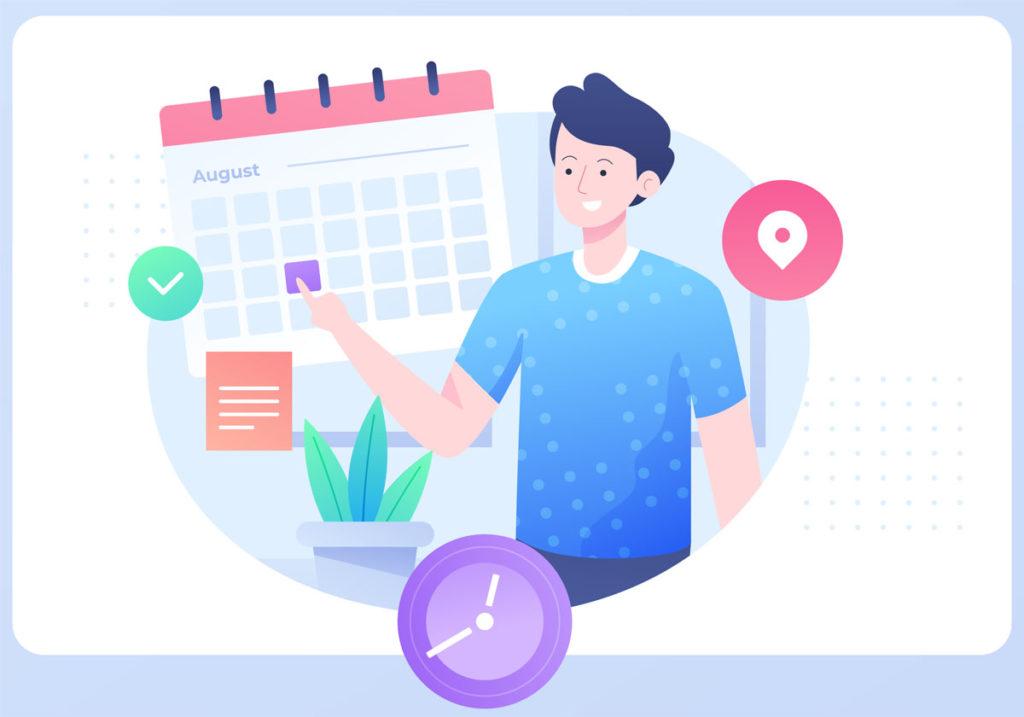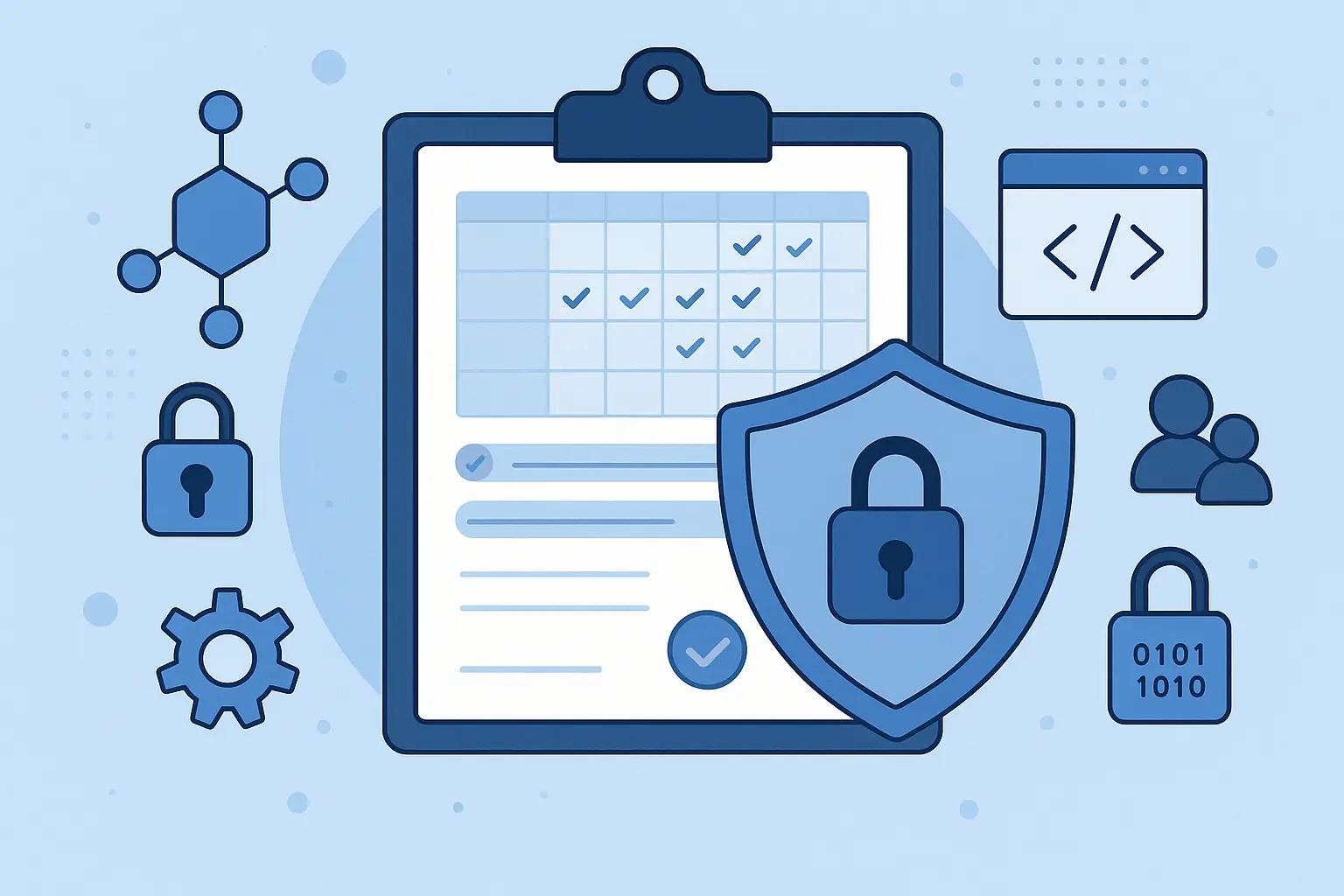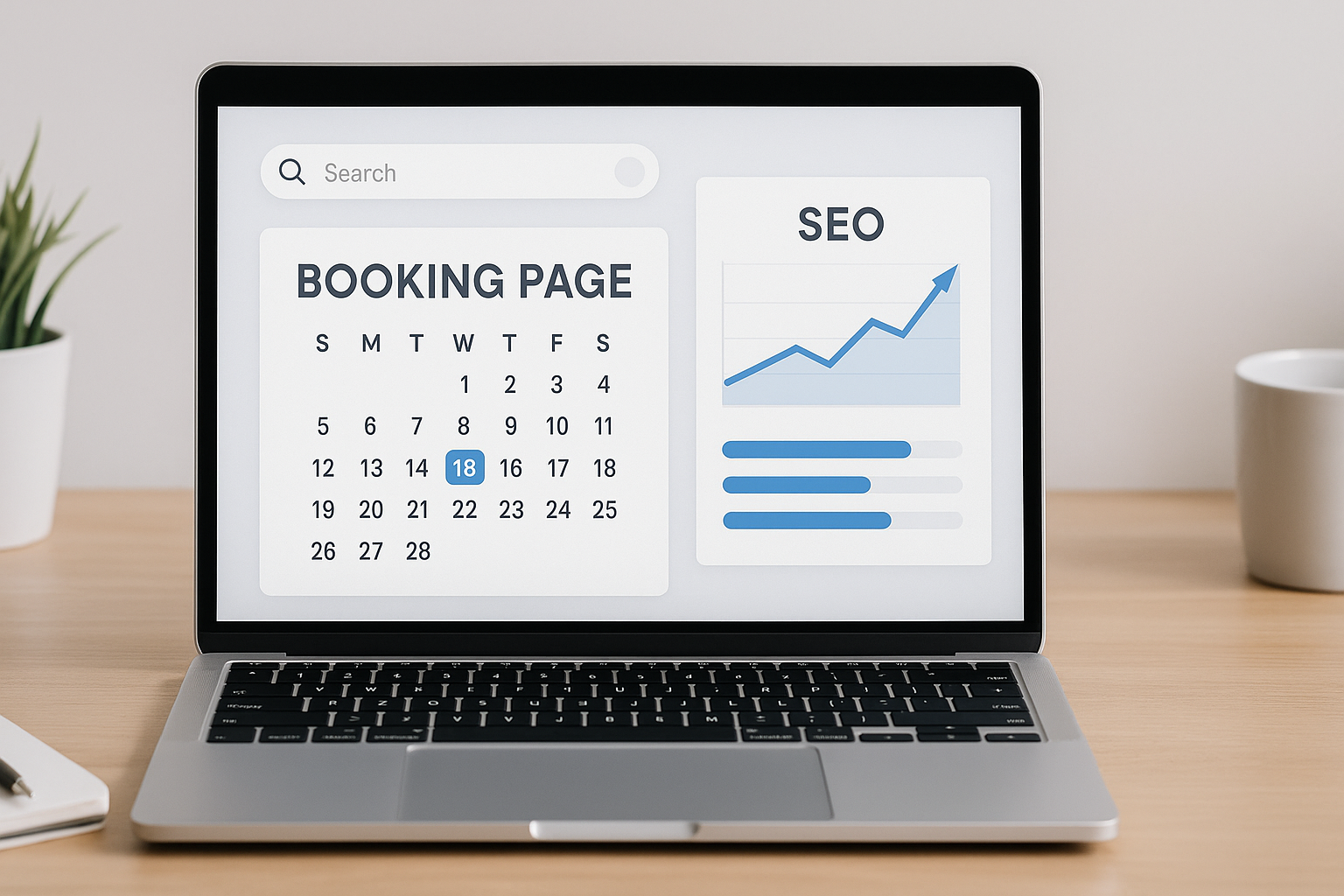Returns in an eCommerce business should be something you strategically prioritize. Too often, eCommerce business owners look at returns as a necessary evil. Some returns are, but you can lower the percentage quite a bit depending on the actions you take.
For example, how you allow customers to make returns is going to help with overall customer satisfaction. The benefits of a branded return page and other automated returns features can keep your customers loyal. Even if a particular product doesn’t work out for them, you don’t have to lose them as a customer.
A well-managed returns program can also be used to drive after-sales engagement and reduce your return rate overall.
You can improve operational efficiency when you focus on streamlining the returns process and get visibility into your returns.
Automation allows you to also identify clearly the items eligible for a return, eliminating confusion on the part of your customers and improving satisfaction as well.
While automation can help improve the returns experience and your business overall, of course, you also want your ultimate goal to be reducing returns in the first place.
The Business Impact of Returns
When you have a high return rate, it’s difficult to escape the fact that it can cause you to lose money.
The impacts of returns on eCommerce businesses are especially staggering. Around 30% of all products ordered online get returned, while only around 9% purchased in brick-and-mortar locations are returned.
For large companies, returns can cost billions of dollars. As eCommerce continues to grow, so will returns. The number of returns is likely going to be over a trillion dollars a year relatively soon.
Return costs include not only the monetary elements but also labor costs.
Retailers are already facing a labor shortage, meaning they can’t weather the burden.
Mega retailers, including Amazon and Walmart, have now also started refunding the purchase price of certain products, telling customers to keep the products. The companies are theoretically doing so with the idea that it’s more economically efficient because return costs are so high.
Why Do Customers Return Items?
There is a myriad of reasons why customers return things. Every situation is different, but some of the more common scenarios include:
- Customers purchase the wrong item. In eCommerce, this problem is much more likely than it is in brick and mortar because customers aren’t physically touching and handling a product before buying.
- The product isn’t needed anymore. There are situations where maybe an item was purchased on a whim, or a customer realizes after the fact that they have what they need, or a situation changed, so they no longer need what they thought they did.
- A product doesn’t match its description. This is something we’ll talk about more below, but it’s very much in your control and something you should be focusing on quite a bit.
- An item might be returned if it was purchased as a gift, and maybe the recipient wants or needs something else.
- The customer commits a friendly fraud which results in an accidental or deliberate chargeback. An example of friendly fraud is when a parent’s child buys something without their knowledge.
- A return can be initiated if a product is damaged when it arrives.
- The wrong item may have been shipped.
- There’s a concept called wardrobing, where customers will buy something, use it and then try to return it. This is a common example of return fraud.
- An ordered product may not match whatever the expectations of the customer were. If you oversell products, this can happen.
- Returns tend to spike during the holiday season because of gifts, which we mentioned above.
Reducing Returns In Your eCommerce Business
Certain reasons that people return items might not be in your control, but many are. The following are some tips every eCommerce business should try to follow to reduce the impact on their business.
Know the Numbers
Reducing returns is a big undertaking. Before you do anything, you want to have in place some metrics so that you’ll know if you’re actually improving it.
Start by measuring your return rate for your products. This will also help you see which items are being returned most often so you can narrow down while this might be happening.
From there, start to determine how much it costs to process returns.
Inbound processing is the cost to receive the return. Then, there’s outbound processing which is the cost of getting a returned item out.
Other costs include the cost of merchandise that may have to be written off as damaged or refurbished, lost gross margins for a sale, and the loss of customer confidence. If you offer free return shipping, it’s another cost to include.
Focus On Your Descriptions and Images
One of the most important things you can do is have high-quality, relevant images and descriptions for each product you sell.
You need multiple images of everything, and you need to make the dimensions obvious.
Go through your current listings and ensure the descriptions are detailed, accurate, and show every element of the product. Videos can also be used when relevant. You should have at least four photos for every product, taken from each angle.
Your description needs to include the weight, material, and size of the product.
If you do product videos, they can be short and simply show a 360-degree view. If the product is more complex, an explainer video can be helpful. That will also help you with customer service because it can help customers understand how to use the product once they actually receive it.
Create Size and Fit Guides
If you sell any type of clothing or items like men’s wedding suits, pants, gowns, etc., that require customers to choose a size, you need to have in-depth guides. These guides should explain each of the sizes and how someone might expect them to fit.
You can use fitting tools like a product slider that shows how it fits on most, or if it’s something like furniture, you can use a virtual room planner. Then, people can see how an item will fit into a particular room or space.
You have to remember that along with the issue of returns coming from the fact that someone orders the wrong size, you can also cut down on returns that stem from customers ordering multiples of the same item to get the right size.
Streamline Quality Control
Around 23% of returns happen because companies ship the wrong item. Your warehouse and shipping teams are directly causing these returns. If you’re a small business, maybe you’re packaging and shipping everything yourself. If so, check the order against everything in the box before you ship.
If you’re a big company, you can’t do this, but you can use automation. When you use an inventory management platform, you can reduce the number of returns you get because of logistical errors. You can also integrate a B2B procurement platform that streamlines the procurement process, minimizes errors, and enhances efficiency throughout the supply chain.
Use Real-Time Support and Live Chat
A good way to reduce your return rate is to proactively fix a potential issue before it actually occurs. A chatbot or live chat feature and real-time support are helpful.
For example, a customer might make a return because they think there’s an issue with their product or it’s missing something, but maybe it’s not. With fast, live support, they can figure out the problem before initiating a return.
Integrate Instagram Photos On Product Pages
It’s tough for a lot of people to visualize how something is going to look when they wear it or envision what it might look like in their home. A good way to help with visualization that can ultimately reduce returns is to include user Instagram photos on your product pages.
When you’re including these galleries, think about how you can meet customer expectations. You want to show the typical consumers wearing, styling, or using your products in their daily life. This helps manage expectations.
Along with the benefit of reducing returns, doing this can actually help encourage someone to make a purchase.
Gather and Use Customer Feedback
Retailers have so much access to customer data and feedback. You need to use it across your business, and returns are no exception.
You can start to gather return reason codes. This will help you start to identify patterns and common variables that may exist between products.
Be Proactive About Customer Reviews
You need to have a core process where you’re proactively asking customers for reviews of products and services. If you can offer them a reward to incentivize them for their feedback, do so.
Reviews are extremely important because they offer one more area of information customers can look at before making a decision, helping to reduce potential returns.
You can also use this information to see where people might not be understanding something or what their problems are.
Finally, packaging should be a priority. If a product arrives damaged or broken, again, this is a huge reason for returns, and it’s something you can reduce significantly.
It’s better to invest in quality packaging upfront and lower your returns than try to go cheap on the packaging.
Not only will you lower the number of damaged products your customers receive, but your packaging is often the first tangible introduction to your brand, so you want it to be great.








